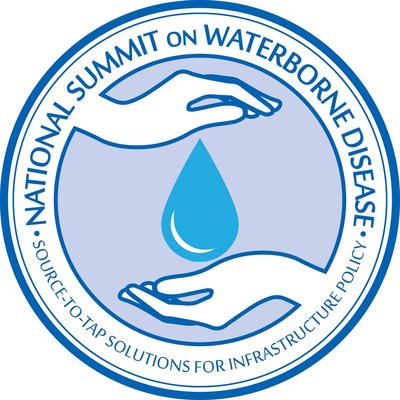

WASHINGTON, June 26, 2019 /PRNewswire/ -- On the heels of the first-ever National Summit on Waterborne Disease, organizers released a report reflecting the views of the 27 delegates—leaders from among the public health sector, scientific community, water treatment segment, impacted populations and others— on policy opportunities to prevent and mitigate the harm caused by waterborne diseases.

Summit delegates convened in Washington, D.C. on May 23rd to consider the challenges of waterborne diseases and what can be done through policy and system change to better protect Americans who are afflicted every year from waterborne pathogens that result in such illnesses as Legionnaires' Disease, nontuberculous mycobacterial (NTM) infection, and Pseudomonas-related pneumonia. With more than four million Americans impacted each year from waterborne illnesses, the cost to taxpayers, beyond the tremendous health toll, is more than $1 billion annually.
Following widely reported cases of waterborne illnesses in Flint, Michigan, cases of Legionnaires' disease across the country and of post-hurricane illnesses afflicting so many Puerto Rican residents, delegates urged that a strong public education campaign be created to help citizens avoid waterborne disease. Participants also agreed on the need for more coordinated stakeholder communication to improve and hasten rapid decision-making by local and state officials. They also concurred that policymakers should take a more comprehensive approach to prevention by addressing the nation's crumbling water infrastructure with economically feasible, "source-to-tap" solutions.
Several themes emerged from the discussion, including the need:
Among the policy priorities identified by delegates are recommendations to:
A copy of the report and the full list of key themes and policy recommendations can be found here.
For more information, visit waterbornedisease.org
SOURCE National Summit on Waterborne Disease
